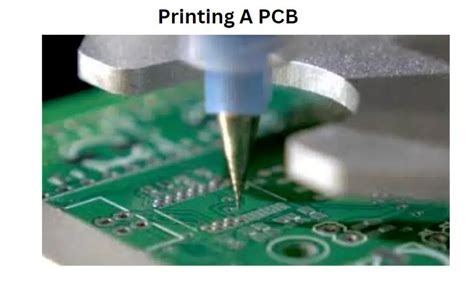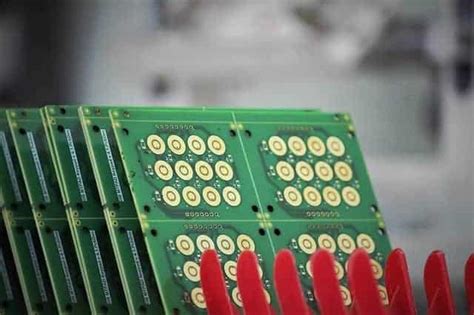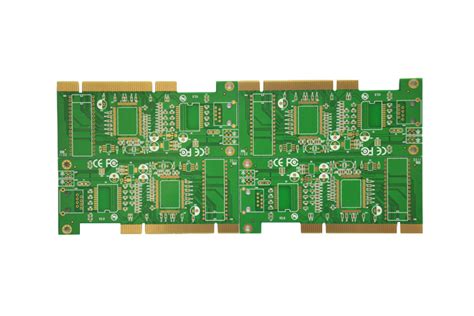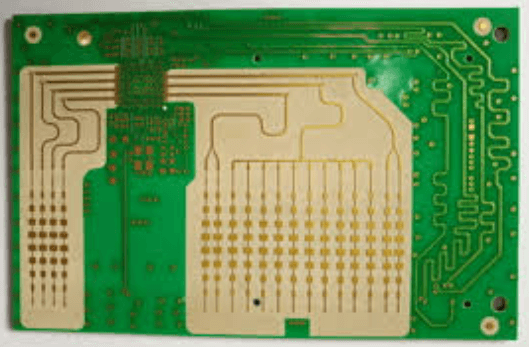7 common connectors type in pcb design
We know that when the various sub-modules of the circuit system exchange data, there may be some problems that cause the signal to not “flow” normally and with high quality.
For example, sometimes the working timing of each circuit sub-module is deviated (such as the CPU and peripherals) or the signal types are inconsistent (such as the sensor detecting light signals). At this time, we should consider using the corresponding interface method to handle this problem well.
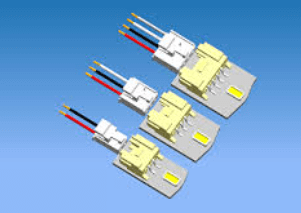
The following is a brief description of the key points of 7 commonly used interface types in circuit design:
1.TTL level interface
This interface type is basically a commonplace. Since I started studying analog circuits and digital circuits in college, TTL level interfaces are basically “related” to general circuit design.
Its speed is generally limited to 30MHz. This is because there are several pF input capacitors at the input end of the BJT (forming an LPF). If the input signal exceeds a certain frequency, the signal will be “lost”.
Its driving capacity is generally a maximum of tens of milliamperes.
The signal voltage of normal operation is generally high. If it is close to the ECL circuit with a lower signal voltage, it will cause a more obvious crosstalk problem.
2.CMOS level interface
We are not unfamiliar with it and often deal with it. Some semiconductor characteristics about CMOS do not need to be elaborated here.
Many people know that under normal circumstances, the power consumption and anti-interference ability of CMOS are far better than TTL.
However, it is less known that at high conversion frequencies, the CMOS series actually consumes more power than TTL.
Since the operating voltage of CMOS can be very small now, the operating voltage of some FPGA cores is even close to 1.5V, which makes the noise margin between levels much smaller than TTL, thus aggravating the signal judgment errors caused by voltage fluctuations.
As we all know, the input impedance of CMOS circuits is very high, so its coupling capacitance can be very small, and there is no need to use large electrolytic capacitors.
Since CMOS circuits usually have weak driving capabilities, they must be converted to TTL before driving ECL circuits.
In addition, when designing CMOS interface circuits, be careful to avoid excessive capacitive loads, otherwise the rise time will be slowed down, and the power consumption of the driving device will also increase, because the capacitive load does not consume power.

3.ECL level interface
This is an old friend inside the computer system! Because its speed “runs” fast enough, it can even run up to hundreds of MHz.
This is because the BJT inside the ECL is not in saturation when it is turned on, so the turn-on and turn-off time of the BJT can be reduced, and the working speed can naturally be increased.
However, this comes at a price! Its fatal flaw: high power consumption.
The EMI problem it causes is worth considering, and the anti-interference ability is not much better. If anyone can compromise these two factors, then he should make a fortune.
It should also be noted that ECL integrated circuits generally require negative power supply, that is, its output voltage is negative, and a special level shifting circuit is required at this time.
4.RS-232 level interface
Basically, no one who plays electronic technology does not know it, unless he or she is just a “layman” in the field of electronic technology.
It is a low-speed serial communication interface standard. It should be noted that its level standard is a bit “abnormal”: the high level is -12V, and the low level is +12V.
So, when we try to communicate with peripherals through a computer, a level conversion chip MAX232 is naturally indispensable.
But we must be aware of some of its shortcomings, such as the relatively slow data transmission speed and short transmission distance.
5.Differential balanced level interface
It uses the relative output voltage (uA-uB) of a pair of terminals A and B to represent the signal. Generally, this differential signal will pass through a complex noise environment during signal transmission, resulting in basically the same amount of noise on both lines, and the noise energy will be offset at the receiving end, so it can achieve longer distance and higher rate transmission.
The RS-485 interface commonly used in industry adopts differential transmission, which has good anti-common mode interference ability.
6.Optical isolation interface
Photoelectric coupling uses optical signals as the medium to achieve the coupling and transmission of electrical signals. Its “advantage” is that it can achieve electrical isolation, so it has excellent anti-interference ability.
Under the condition of high circuit operating frequency, basically only high-speed optical isolation interface circuit can meet the needs of data transmission.
Sometimes, in order to achieve high voltage and high current control, we must design and use optical isolation interface circuits to connect these low-level, low-current TTL or CMOS circuits as mentioned above, because the input and output circuits of the optical isolation interface can withstand a high voltage of several thousand volts, which is enough to meet general applications.
In addition, the input and output parts of the optical isolation interface must use independent power supplies, otherwise there is still electrical connection, and it is not called isolation.
7.Coil coupling interface
It has good electrical isolation characteristics, but the allowed signal bandwidth is limited.
For example, transformer coupling, its power transmission efficiency is very high, and the output power is basically close to its input power. Therefore, for a step-up transformer, it can have a higher output voltage, but it can only give a lower current.
In addition, the high-frequency and low-frequency characteristics of the transformer are not optimistic, but its biggest feature is that it can realize impedance transformation. When matched properly, the load can obtain sufficient power. Therefore, the transformer coupling interface is very popular in the design of power amplifier circuits.


